You don’t have to be a wiry, mesh-tank-top-and-short-shorts-wearing, Gu-eating, ultra-zen human mountain goat to run trails. There are actually a lot of average people into trail running. Why? It’s easier on your body than running on pavement; each and every run pays big wellness dividends; it gets more fun the longer you stay at it; and it’s really easy to do.
Here are six tips that’ll help you make the most out of running off the beaten path.
Buy a Decent Pair of Trail Sneakers
Mud, tree roots, rocks, cinders, wood chips, dips, bumps, puddles, switchbacks, hills, boardwalks, logs, snow, ice, leaves, creeks — when you run trails, something is always trying to introduce you to the ground. While there is no sneaker that will guarantee you never fall, there is footwear designed for trail running.
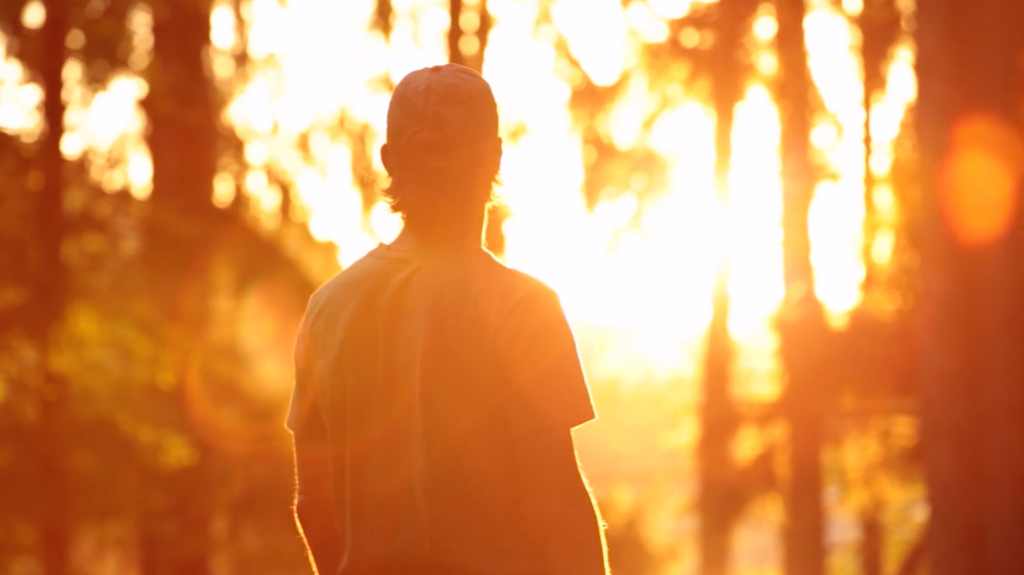
There are different types of tread for different trail running conditions, which can range from dry, mostly flat surfaces (fairly minimal tread) to early spring alpine scree fields (gargoyle claws). Keep in mind that you’re going to want your feet to feel the ground, so thick, padded soles won’t do you any favors. Your feet need to connect and work as they were anatomically designed to. A good pair will make all the difference.
Endurance Over Speed
Running trails is an exercise in learning how to talk to yourself. There’s a definite feeling of freedom and lightness when you first start your run. This could be some genetic artifact from early man’s prowess at hunting and covering great distances on foot. Or it could just be because you’re outside in the fresh air. Even so, you’ll need to relax and give yourself a “whoa Nellie” now and again.
When you’re new to trails, running faster out of the gate will only get you to the point of “holy shit I need to walk” sooner. The goal is to be able to cover the distance you want and not need the break. Consistent repetition of longer distances builds stronger cardio. Stronger cardio allows you to build speed or simply add more distance comfortably. Keep reminding yourself of that until a slow-and-steady pace becomes automatic.
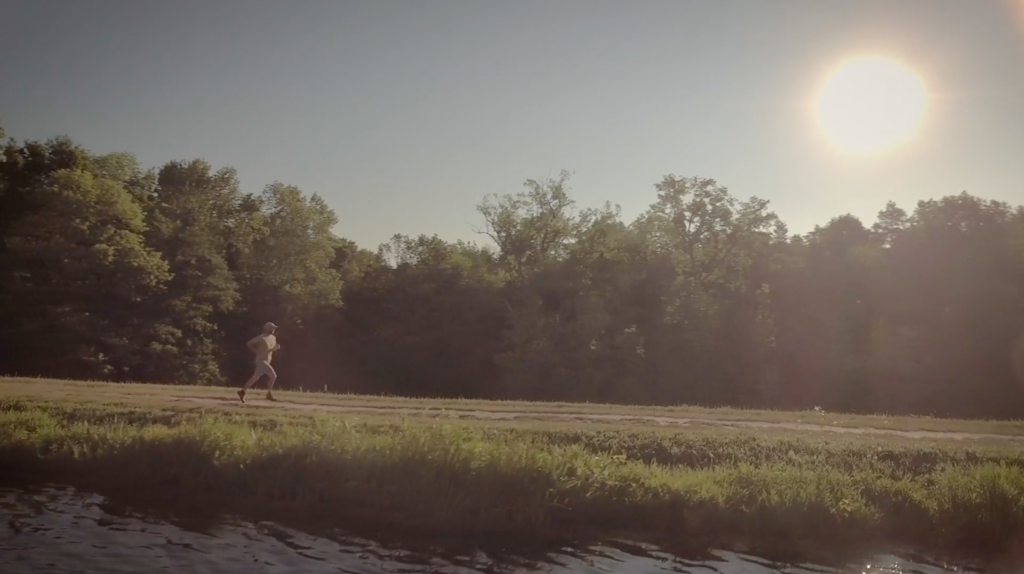
Miles for the Win
There’s a saying in baseball: base hits score runs. It’s really no different with trail running. There are a ton of practical reasons for starting out with shorter distances.
• If you set out to run 1 mile and you finish it, the psychological lift of that win means it’s more likely you’ll stick with running. The longer you stick with it, the more wins you’ll add to your distance total.
• Shorter distances let you get comfortable with your stride on often uneven terrain. You’re giving a whole lot of muscles and joints you’ve probably never used the chance to get stronger with you.
• You can start to get familiar with the cadence of your breathing and learning to control it rather than just sucking wind.
• That feeling of freedom and lightness mentioned above becomes the gauge for what you have left in the tank, and you’ll soon find that your tank takes a lot longer to empty than it did on your first run.
• Eventually, those short distances become a perfect warmup at the start of longer runs. You’ll look at a 5-mile run as a 4-mile run with a 1-mile warmup, or a trail half marathon as a 10-mile run with a 3.1-mile warmup.
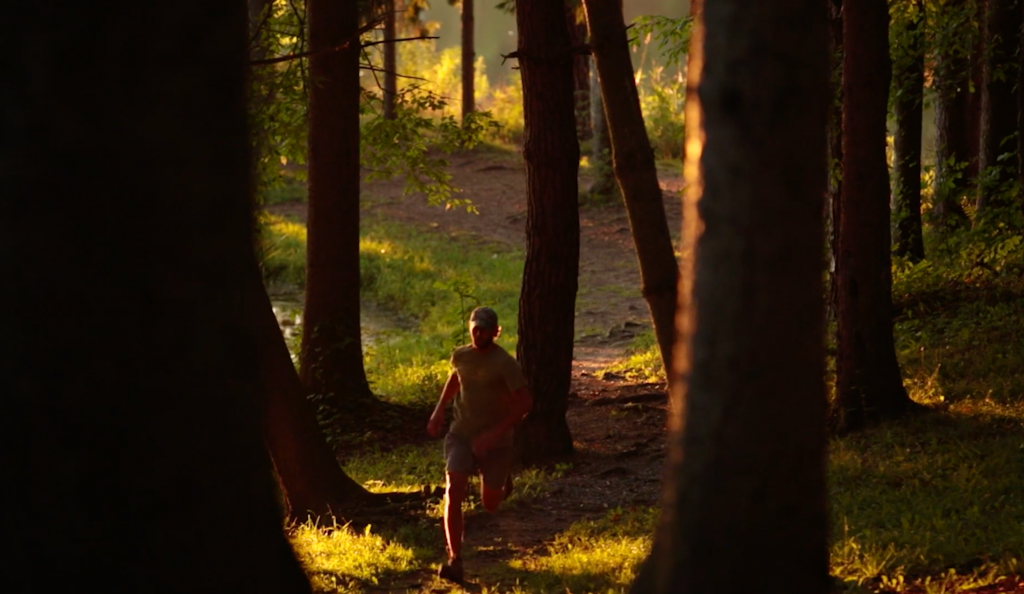
Drink Water
This is an important routine to build. Water is not just for after a run. You should be drinking two-thirds of your body weight in ounces every day. Hydration is a constant process of keeping your cells flush with water. The better-hydrated your body, the better the whole system works, and the better you’ll feel on the trail. You won’t get that by chugging a Gatorade before a run and expecting your guts to say, “Yeah, let’s rock ’n’ roll!”
Diversify Your Routine
Trail running on its own provides a diverse workout. It builds cardio, core strength, flexibility, agility, and balance. But putting your feet on trails is also really good for your mental well-being. Still, it’s easy to overdo it or simply fall into a boring routine. Consider a weekly schedule that breaks up your trail days with other forms of exercise.
Get your stretch on at a yoga session. Sweat it out in a 30/30 class, on a rower, or pushing weight at the gym. You can even do body-weight workouts like pushups, squats, and situps at home. When you do hit the trail, reverse the direction of your runs once a week so you get the benefit of a change in perspective, or try another trail entirely. Do yourself a favor and go get muddy once in a while, too.
Run Without Music
Not to sound too hippie-dippie, but you are out in nature — you might as well tune in to your surroundings. Fact is, when you don’t have music pumping into your ears, you pay better attention to everything from your breathing to your feet to the mountain biker behind you calling “on your left” to the hiker screaming “bear!” Leave the jams in the gym. You’ve got great distances to cover.
Read Next: Why Running Still Matters

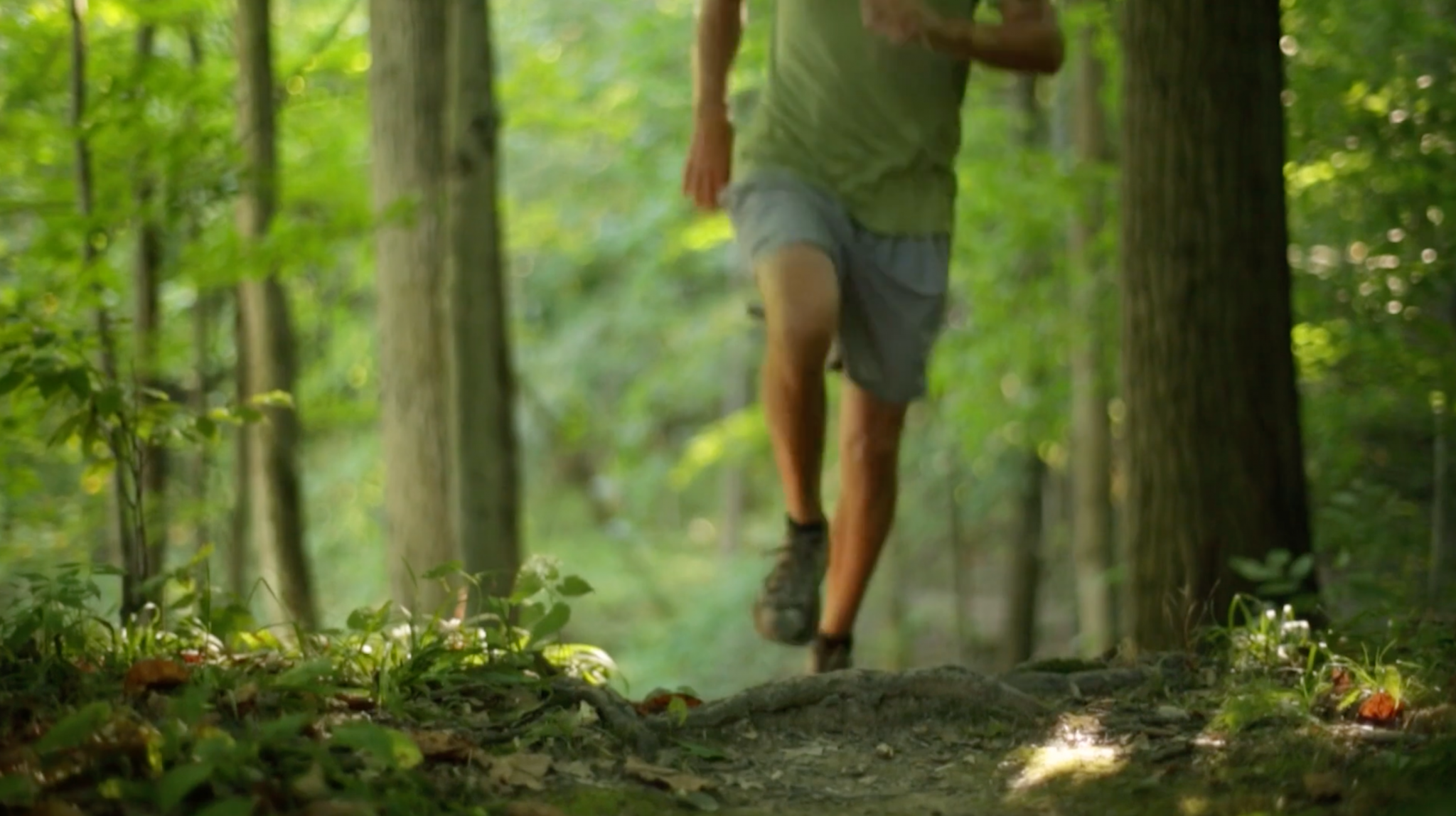



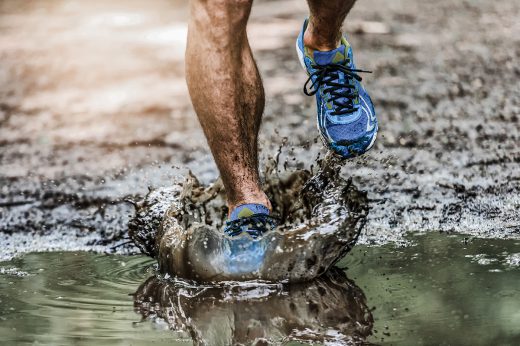


Comments